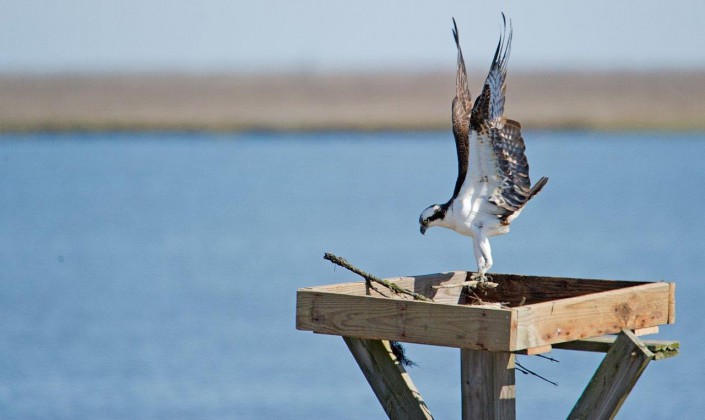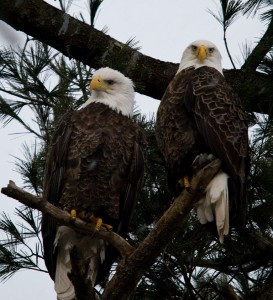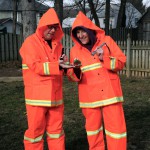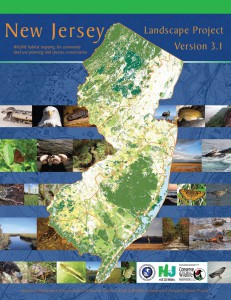Spotlight on Jackie Kashmer, Women & Wildlife Inspiration Award Winner
The 2012 Women & Wildlife Inspiration Award Winner is Jackie Kashmer. Jackie has been a wildlife rehabilitator for 20 years but her dedication to bats and her deeper understanding of their needs is an inspiration to all. Join us to honor Jackie and other 2012 Women & Wildlife Award Winners on Sunday, April 15th beginning at 2pm. Click here for tickets and more information.

What is the worst thing you have to do for your job?
Spend three hours every night feeding bats.
What is the best thing you get to do?
Turn the lights off after all the bats are fed.
What has been your biggest success in your current job?
Saving white-nose syndrome bats.
What delights you in your daily work?
Seeing that all the bats have eaten all their worms.
What is the one tool or resource that makes your job easier?
My boyfriend.
If you couldn’t do what you are doing now, what profession would you attempt?
Psychiatry – I would want to figure out what makes people spend all their time and money caring for animals that bite them every day.
What is the best thing anyone ever taught you?
Life is the train ride, not the destination.
What is one thing you learned through your work that surprised you?
That ALL wildlife, large and small, have emotions and personalities.
What wildlife “lives” in your office?
Ants.
If you could be one animal (that lives in NJ of course!) what would you be and why?
A squirrel. They’re frisky, type A personality, like me. Also, they smell nice!
Why did you decide to protect or educate people about NJ’s wildlife?
People are clueless about anything that doesn’t directly affect them and have very little common sense when it comes to wildlife. Thank goodness human babies are so durable!!
What were you doing before you answered these questions?
Feeding bats, of course.
One thing most people don’t know about you?
I’m a court reporter in federal court, so most people don’t know that my “real” full-time job is rehabilitating bats.
Learn more about Jackie’s work by reading a recent blog post.










